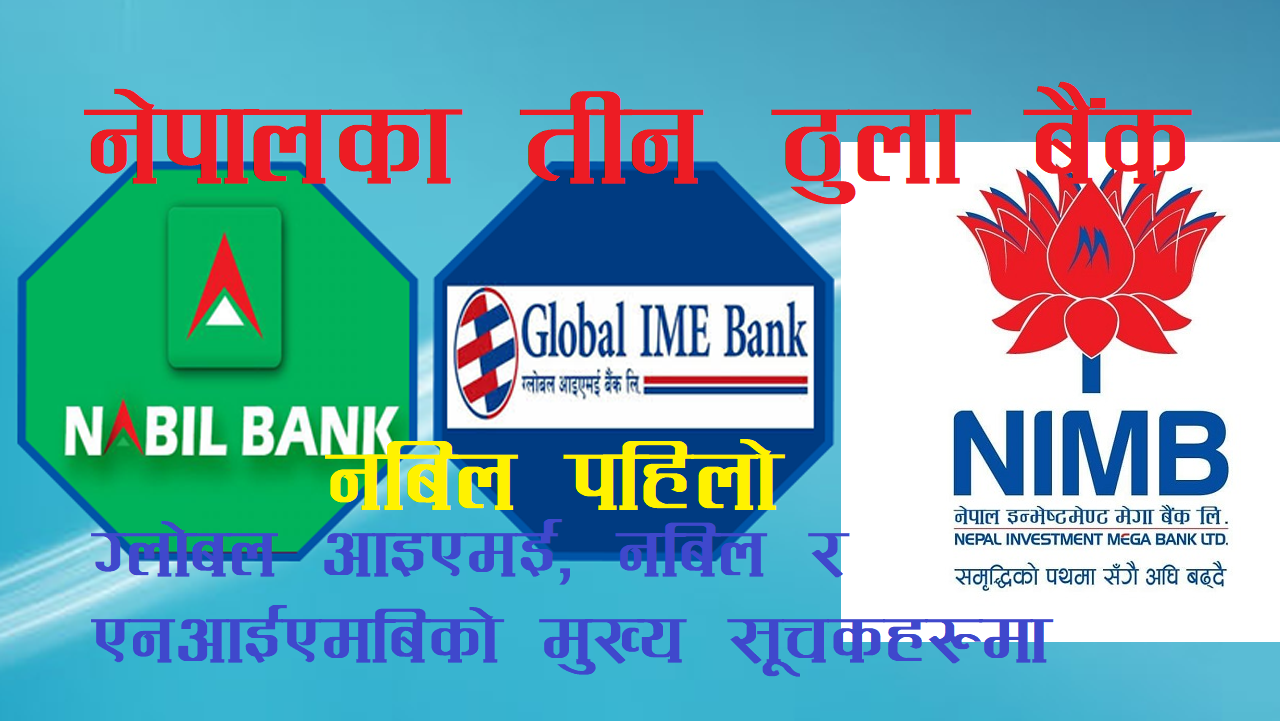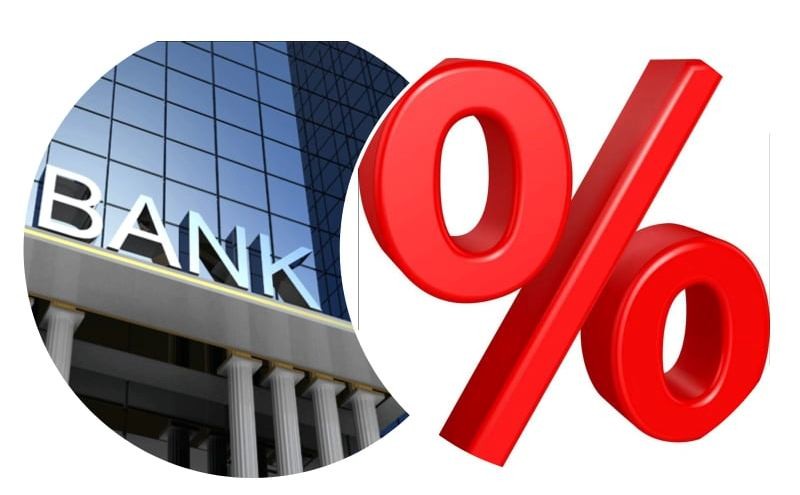
Kathmandu. The lack of liquidity that started at the end of the first month of the last financial year 2078/79 has not been resolved even by the end of the current financial year 2079/80. At present, the ability of commercial banks to give loans has decreased in the first month. In the past, banks provided loans till October and faced liquidity crisis in the remaining months. In July this year, the banks had to face shortage of resources. The average loan-deposit ratio (CD ratio) of banks has reached 88.07 percent.
According to Nepal Bankers Association, CDs of three out of 26 commercial banks have exceeded the limit. The National Bank has stipulated that the CD ratio should be less than 90 percent. However, the average CD ratio of commercial banks is 88.07 percent. The CD ratio, which was brought below 90 percent before mid-June, has now started to rise again.
According to the Nepal Bankers Association, the deposits of commercial banks have decreased by 1 trillion 8 billion rupees since July. According to the data released by NBA on Sunday, the deposits of commercial banks decreased by 1 trillion 8 billion rupees. Along with this, the total deposits of commercial banks have dropped to 44 trillion 33 billion rupees as of 31st July.
By the end of last June, the total deposits of commercial banks were 45 trillion 41 billion rupees. In the last 4 days of July, the deposits of commercial banks increased by 12 billion rupees. According to NBA, the credit investment of commercial banks has increased by 2 billion rupees since July. Along with this, the total loan investment of commercial banks has reached 41 trillion 77 billion rupees till 31st of July.
By the end of last June, the total loan investment was 41 trillion 75 billion rupees. According to the association, this ratio of Century Commercial Bank, Nabil Bank and Nepal Bank is above 90 percent.
Global IME, Himalayan, Kumari, NCC Bank, Prime Bank, National Commercial Bank, Bank of Kathmandu, Krishi Bikas Bank also cut this limit from 89 percent to 90 percent. If the National Bank breaks such a limit, the banks will be fined by calculating the bank rate charged by the banks by reducing the monthly average fixed loan amount and the required loan amount based on 90 percent.






